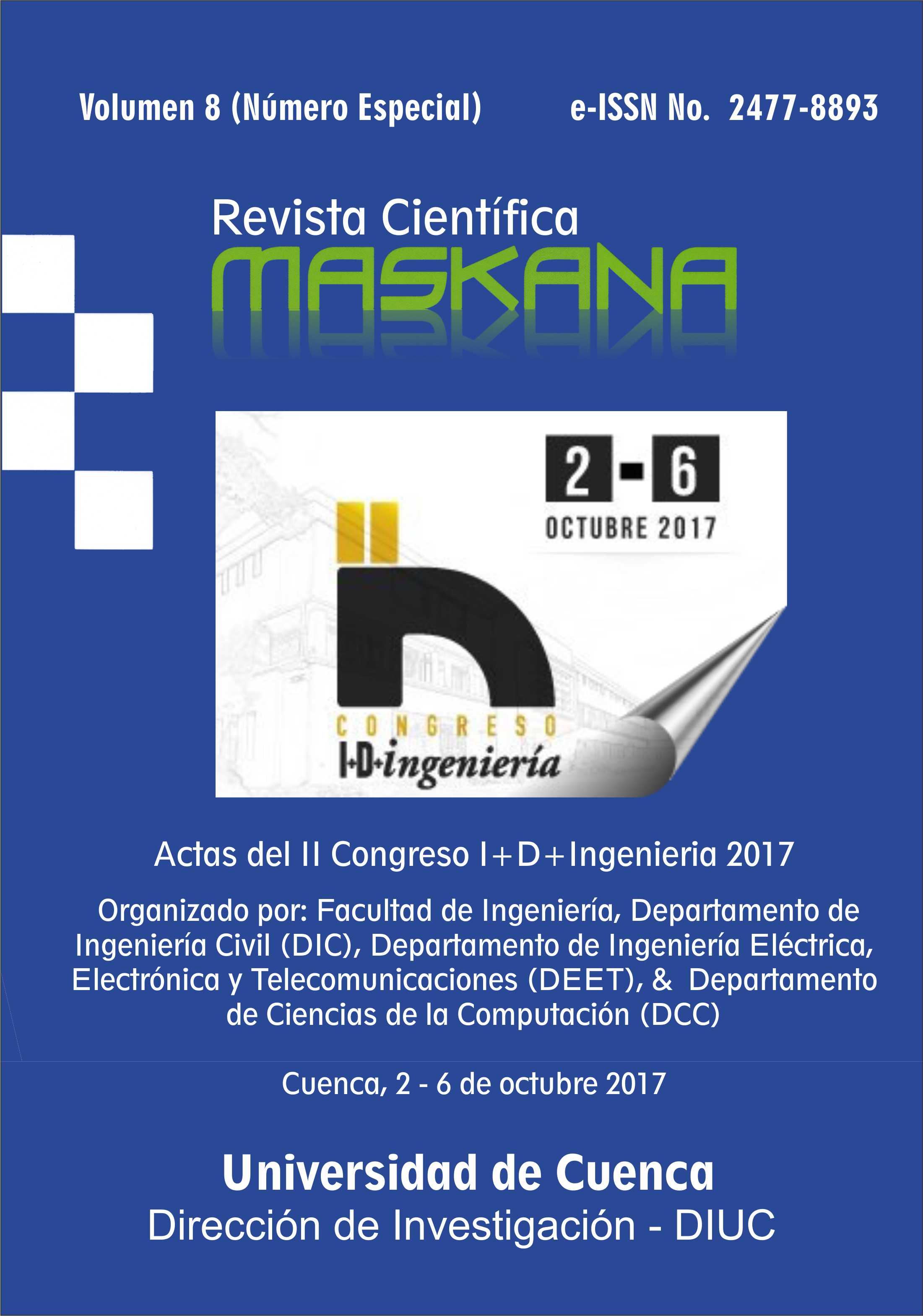Evaluating the performance of a genetic algorithm to solve the line planning problem for a bus service
Palabras clave:
genetic algorithm, line planning problem, bus servicesResumen
La planificación de un servicio de buses requiere explorar varias soluciones factibles que intenten optimizar el tiempo de viaje de los pasajeros, los costos de los operadores, o ambos. El problema de planificación de líneas de buses (line planning problem en inglés, lpp) es un problema combinatorio que define las rutas para las líneas de un servicio de buses bajo un conjunto de restricciones, parámetros de entrada y una función objetivo. Los parámetros de entrada, como la demanda, infraestructura, tiempos de viaje, etc., describen la situación actual y proporcionan datos iniciales y restricciones que deben considerarse durante el diseño. Un algoritmo que provea de soluciones factibles y de alta calidad para lpp es esencial para un análisis más profundo en busca de mejores servicios urbanos. En este estudio, se diseña y codifica un algoritmo genético para resolver el lpp. Por último, una evaluación de los resultados se realiza desde diferentes perspectivas, intentando asegurar que las soluciones obtenidas por el algoritmo sean consistentes y, por tanto, útiles en la práctica.
Descargas
Métricas
Citas
Affenzeller, M., Wagner, S., Winkler, S., Beham, A. (2009). Genetic algorithms and genetic programming: modern concepts and practical applications. Boca Ratón, FL: CRC Press.
Baaj, M. H., Hani, S. M. (1991). An AI‐based approach for transit route system planning and design. Journal of Advanced Transportation, 25(2), 187-209.
Borndörfer, R., Grötschel, M., Pfetsch, M. E. (2008). Models for line planning in public transport. In: Computer-aided systems in public transport, pp. 363-378. Berlin, Germany: Springer.
Carrión, C., Levinson, D. (2012). Value of travel time reliability: A review of current evidence. Transportation Research Part A, 46(4), 720-741.
Ceder, A., Wilson, N. (1986). Bus network design. Transportation Research Part B, 20(4), 331-344.
Chakroborty, P., Wivedi, T. (2002). Optimal route network design for transit systems using genetic algorithms. Engineering Optimization, 34(1), 83-100.
Cipriani, E., Gori, S., Petrelli, M. (2012). Transit network design: A procedure and an application to a large urban area. Transportation Research Part C, 20(1), 3-14.
Dijkstra, E. W. (1959). A note on two problems in connexion with graphs. Numerische Mathematik, 1(1), 269-271.
Farahani, R. Z., Miandoabchi, E., Szeto, W., Rashidi, H. (2013). A review of urban transportation network design problems. European Journal of Operational Reserach, 229(2), 281-302.
Guihaire, V., Hao, J. (2008). Transit network design and scheduling: a global review. Transportation Research part A, 42(10), 1251-1273.
Ibarra-Rojas, O., Delgado, F., Giesen, J., Muñoz, J. (2015). Planning, operation, and control of bus transport systems: A literature review. Transportation Research Part B, 77, 38-75.
Kepaptsoglou, K., Karlaftis, M. (2009). Transit route network design problem: review. Journal of Transportation Engineering, 135(8), 491-505.
Mandl, C. E. (1979). Evaluation and optimization of urban public transportation network. European Journal of Operational Research, 5(6), 396-404.
Nayeem, M. A., Rahman, M. K., Rahman, M. S. (2014). Transit network design by genetic algorithm with elitism. Transportation Research Part C, 46, 30-45.
Ngamchai, S., Lovell, D. (2003). Optimal time transfer in bus transit route network design using a genetic algorithm. Journal of Transportation Engineering, 129(5), 510-521.
Nikolić, M., Teodorović, D. (2013). Transit network design by bee colony optimization. Expert Systems with Applications, 40(15), 5945-5955.
Pattnaik, S., Mohan, S., Tom, V. (1998). Urban bus transit route network design using genetic algorithm. Journal of Transportation Engineering, 124(4), 368-375.
Schöbel, A. (2012). Line planning in public transportation: models and methods. OR Spectrum, 34(3), 491-510.
Tarjan, R. (1972). Depth-first search and linear graph algorithms. SIAM Journal on Computing, 1(2), 146-160.
Tom, V. M., Mohan, S. (2003). Transit route network design using frequency coded genetic algorithm. Journal of Transportation Engineering, 129(2), 186-195.
Van Oort, N. (2011). Service reliability and urban public transport design. Doctoral thesis, Faculty of Civil Engineering and Geosciences, Delft University of Technology, Delft, The Netherlands.
Zhao, F., Zeng, X. (2006). Optimization of transit network layout and headway with a combined genetic algorithm and simulated annealing method. Engineering Optimization, 38(6), 701-722.
Zhao, H., Xu, W., Jiang, R. (2015). The memetic algorithm for the optimization of urban transit network. Expert Systems with Applications, 42(7), 3760-3773.
Descargas
Publicado
Cómo citar
Número
Sección
Licencia
Copyright © Autors. Creative Commons Attribution 4.0 License para cualquier artículo enviado a partir del 6 de junio de 2017. Para los manuscritos presentados anteriormente, se utilizó la licencia CC BY 3.0.
![]()
Usted es libre de:
 |
Compartir — compartir y redistribuir el material publicado en cualquier medio o formato. |
 |
Adaptar — combinar, transformar y construir sobre el material para cualquier propósito, incluso comercialmente. |
Bajo las siguientes condiciones:
 |
Atribución — Debe otorgar el crédito correspondiente, proporcionar un enlace a la licencia e indicar si se realizaron cambios. Puede hacerlo de cualquier manera razonable, pero de ninguna manera que sugiera que el licenciador lo respalda a usted o a su uso. |
| Sin restricciones adicionales: no puede aplicar términos legales o medidas tecnológicas que restrinjan legalmente a otros a hacer cualquier cosa que permita la licencia. |
Mayor información sobre este acuerdo de autoría y licencia, transferencia de derechos o solicitudes de reproducción, pueden ser consultados en este enlace.






